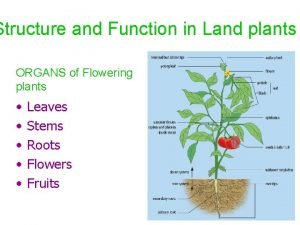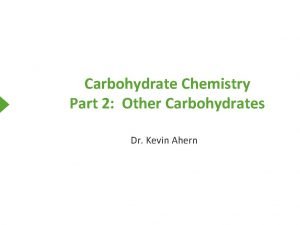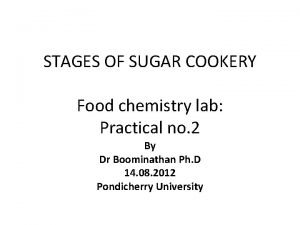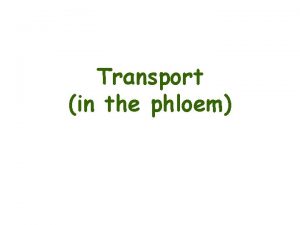Sweet as Sugar How to defeat the sugar






- Slides: 6

Sweet as Sugar

How to defeat the sugar bug! • Beat the Clock - foods that are eaten during a meal usually pose less of a threat to teeth because of the additional saliva produced during mealtime eating. Saliva helps to wash food particles from your mouth and lessen the damage from acid. • Brush & floss those teeth - you should brush twice a day. Did you know that if you don’t floss, you miss cleaning up to 35% of each tooth? • Stock up on Dairy Products - yogurt and cheese, milk and milk products contain things that are good for your teeth. Everything that’s made from milk is a good source of calcium - an essential nutrient for the development of bones and teeth. Some scientific studies have shown that eating cheese might actually help to protect your teeth from cavities by preventing something called demineralization (the loss of important calcium in your teeth).

What is Sugar? • The three main sugars are lactose, fructose and sucrose. Sucrose is the stuff we put in our tea and is what we usually mean when we talk about sugar. Sucrose is a disaccharide molecule, containing both glucose and fructose molecules which are fused together by glycosidic bonds. It is these bonds that give sugar its shiny, crystalline appearance.

Sugar in our Diet • We need a constant supply of sugar in our diets. Our cells rely on sugar as their primary source of energy, and function at a laggard pace without it. This is especially the case for the brain, where a lack of glucose makes it harder for us to concentrate and gives that light-headed feeling we get when we skip lunch. The body can synthesise a sugar replacement for short periods, but exertion – mental or physical – becomes difficult.

Sugar – the highs and the lows • Sugar "highs" come about because the brain suddenly has access to a new and larger energy source, so it starts to function at top speed. • Ten minutes after drinking a sugary cup of tea, the glucose hits the bloodstream and flies round the body, being absorbed by the cells most in need of energy. When the remaining blood glucose reaches the brain, we feel intense buzzing energy. However, the burst is short-lived and a "crash" soon follows. • This low is an evolutionary response. The brain uses blood sugar as a measure by which to determine our need for food. A high quantity of sugar in the blood leads to a reduced appetite, so if we remained on a sugar high we wouldn't feel the need to eat. • So the pancreas, detecting a high quantity of glucose in the blood, produces the hormone insulin. This stimulates cells in the muscles and liver to stop using fat as an energy source and take up glucose instead – thus reducing the quantity available to the brain and ending the high.

Sugar = Energy • Despite what some say, sugar is not the enemy. It is an unrivalled source of energy. If you reduce your intake of sugars you will need to replace those calories with another energy source– more often than not, this means fat. And high fat intake is by no means ideal. • The key is balance. • If you load up on sugar-rich carbohydrates, at the expense of other foods, you do risk serious health problems. • Type 2 diabetes is the most pernicious effect of sugar-loading. If your blood-sugar level spikes too often, your pancreas loses its ability to produce insulin effectively. • And you end up with too many glucose molecules ricocheting around in your blood, which damages the cells of your kidneys and nerves.










